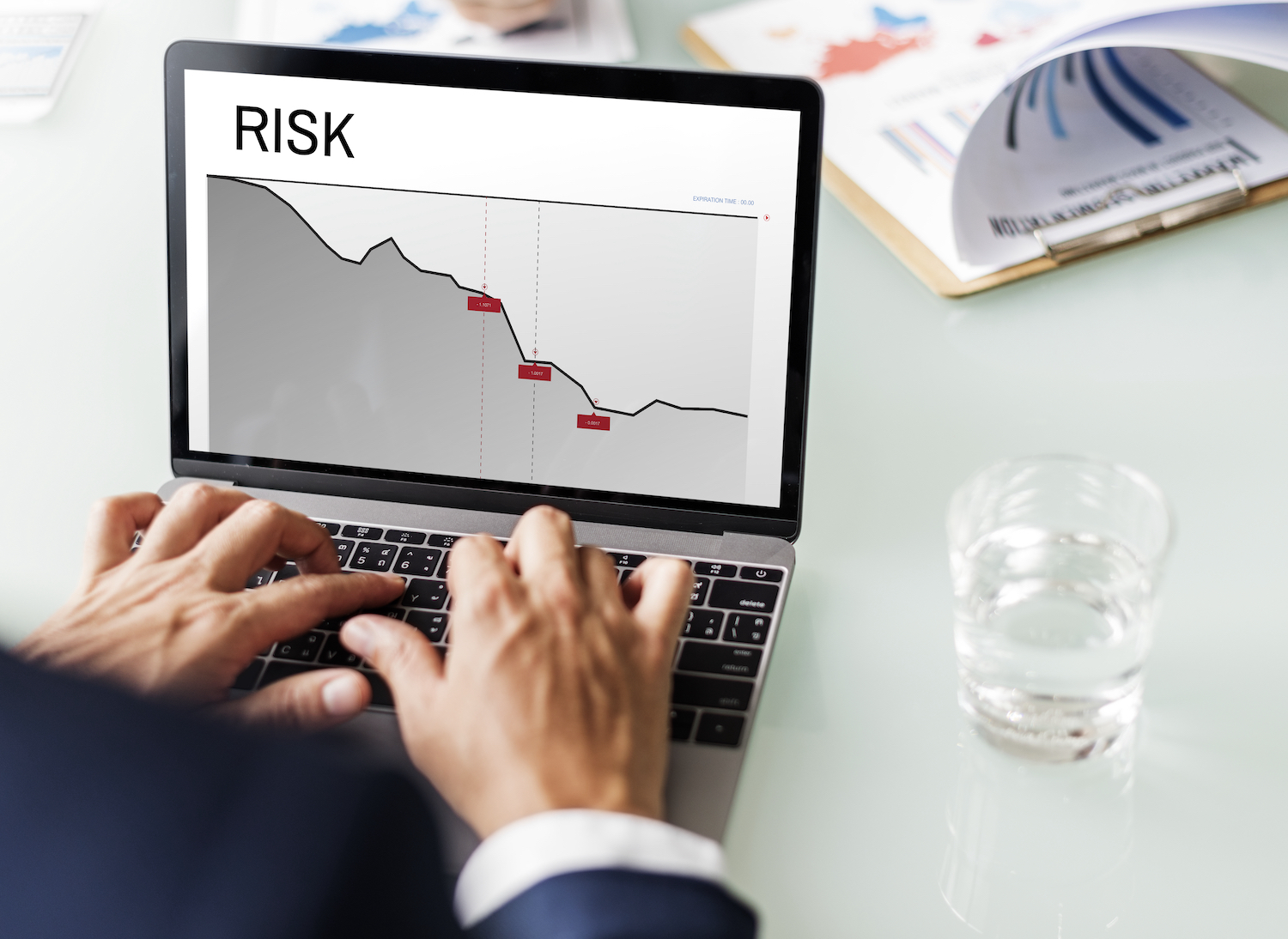Introduction:In the high-stakes world of commodities trading, the ability to navigate risks effectively is a crucial skill that separates successful traders from the rest. This post aims to demystify the intricate realm of risk management in commodities trading, providing comprehensive insights into its significance, methodologies, and practical strategies that traders can employ to safeguard their investments and enhance their chances of success. Understanding the Significance of Risk Management:The commodities market is inherently volatile, influenced by a myriad of factors ranging from geopolitical events to supply chain disruptions. Effective risk management is not merely a precautionary measure; it is the backbone of a robust trading strategy that ensures resilience in the face of uncertainties. Key Components of Risk Management: Practical Risk Management Strategies: Risk Management Tools and Technologies: Case Studies and Real-Life Applications:Illustrate risk management concepts with real-life case studies. Showcase instances where effective risk management strategies have saved traders from significant losses or positioned them to capitalize on market opportunities. Conclusion:Demystifying risk management in commodities trading is a vital step toward empowering traders with the knowledge and tools necessary for success. By understanding the significance of risk management, implementing practical strategies, and leveraging technology, commodities traders can navigate the volatile market landscape with confidence, ensuring longevity and profitability in their trading endeavors.
The Role of Sustainability in Commodities Trading
Introduction: In an era where global consciousness toward environmental and social issues is rapidly growing, the commodities trading industry is undergoing a profound transformation. Sustainability has transcended being a mere buzzword; it has become a guiding principle shaping the decisions and practices within the realm of commodities trading. This post delves into the pivotal role sustainability plays in commodities trading, examining its impact on market dynamics, ethical considerations, and the future of the industry. Understanding Sustainability in Commodities Trading: Sustainability in commodities trading goes beyond profitability—it encompasses ethical, social, and environmental dimensions. At its core, sustainable commodities trading seeks to balance economic success with responsible practices that safeguard the planet and its inhabitants. Environmental Considerations: Social Responsibility in Trading: Economic Viability: Future Trends and Innovations: Conclusion: The role of sustainability in commodities trading is no longer an option—it’s an imperative. As global awareness grows, so does the responsibility of traders to adopt practices that consider the planet, society, and future generations. By understanding the multifaceted impact of sustainability, commodities traders can not only contribute to a more ethical and environmentally conscious industry but also position themselves for long-term success in an evolving market landscape.
Navigating Market Trends:
A Guide to Successful Commodities Trading Introduction: In the dynamic world of commodities trading, staying ahead of market trends is not just a strategy—it’s a necessity. Successful traders understand that adapting to the ever-changing landscape is key to capitalizing on opportunities and minimizing risks. In this post, we delve into the current trends shaping the commodities market, dissecting the factors influencing prices and demand. Moreover, we provide valuable insights into how traders can adjust their strategies to navigate these trends successfully. Understanding Current Market Trends: The commodities market is a complex ecosystem influenced by various factors, from geopolitical events to economic indicators. A comprehensive analysis of current market trends involves examining the forces driving prices and demand. Considerations such as global supply and demand imbalances, geopolitical tensions, climate-related disruptions, and technological advancements all play pivotal roles in shaping the commodities landscape. Factors Influencing Prices and Demand: Adapting Trading Strategies: Conclusion: In the ever-evolving world of commodities trading, navigating market trends requires a nuanced understanding of global dynamics and a proactive approach to adaptation. By comprehensively analyzing current trends and understanding the factors influencing prices and demand, traders can position themselves for success. As the market continues to transform, those who embrace flexibility, stay informed, and adjust their strategies accordingly will find themselves well-equipped to thrive in the complex and rewarding realm of commodities trading.



